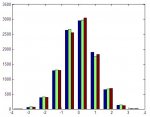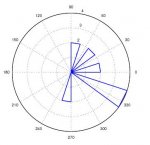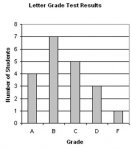red and white kop!
Junior Member
- Joined
- Jun 15, 2009
- Messages
- 231
okay im just starting statistics so lets be indulgent
i am told in my book that when drawing histograms involving discrete data the class widths must be moved minus half a unit in order to represent im not sure what
anyway is this always necessary, and is this the case with continuous data as well? i like understanding everything so somebody please explain clearly.
i am told in my book that when drawing histograms involving discrete data the class widths must be moved minus half a unit in order to represent im not sure what
anyway is this always necessary, and is this the case with continuous data as well? i like understanding everything so somebody please explain clearly.





